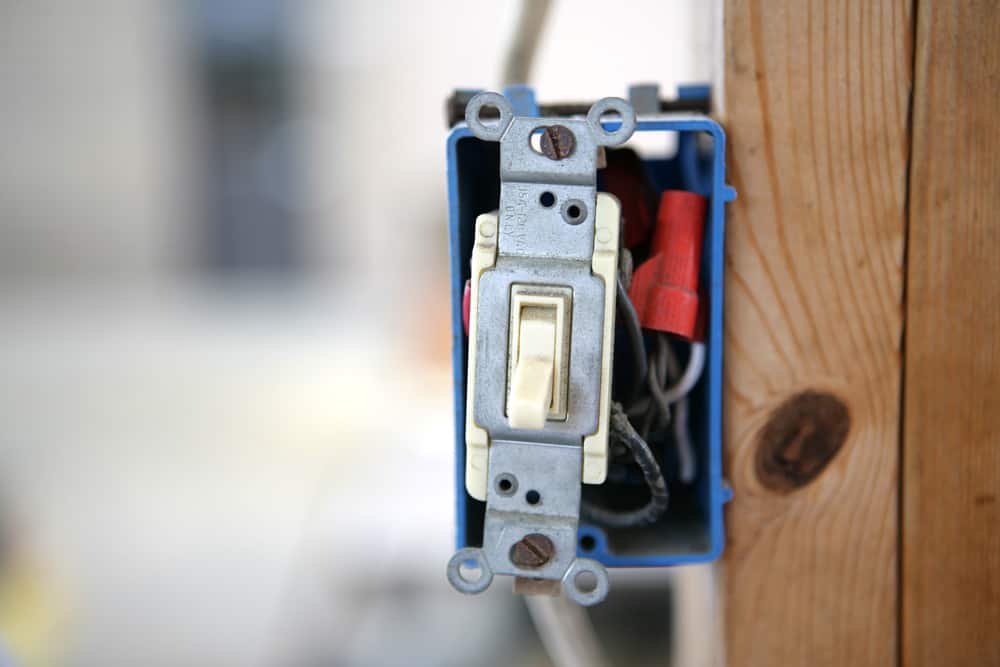The wiring in your home is nothing to mess around with. Poor wiring can be a matter of life or death, and it can lead to serious injuries or death from electrical shocks or fires. Here are some things to know about working with the electrical wiring in your home.
Three Components of Basic Home Electrical Wiring
Your home’s electrical wiring has three basic components:
- Service entry point. This is where your utility’s electrical line connects your home’s load center to the main grid. The area should be free of obstructions and water that can penetrate the wiring and cause a shock hazard.
- Panel or Load Center. You may know this as the fuse box or circuit breaker box. It’s your home’s command center for all electrical wiring. All the wiring in your home starts at this panel. During major remodeling projects, like a new addition, new wiring runs from the panel to the new area.
- Branch circuits. Your home contains many circuits that come from the breakers or fuses to the various areas of your home. By having multiple circuits, you’re able to turn off power to specific areas when performing electrical repairs.
Dangers of Aluminum Electrical Wiring
Newer homes have wiring that is made from copper and feature ground wires for safety. Homes built during the 60’s and 70’s generally have aluminum wiring instead of copper wiring. This can be extremely dangerous. Because aluminum is soft, brittle and prone to oxidation, it is 55 times more likely to cause an electrical fire than copper wiring. If you know or suspect that your home has aluminum wiring, contact the professionals at Turn It On Electric to inspect it for safety issues. Keep in mind, aluminum can be safe but it is best to have it maintained and inspected by a professional electrician.
Wiring to Switches and Receptacles
When connecting electrical wires to a switch or receptacle, connect the:
- Hot wires to the brass screw terminals
- Neutral wires to the silver terminals
- Ground wires to green grounding screws
Electrical work is governed by a national codebook. However, some municipalities have stricter requirements due to weather or temperature extremes. One example is the use of pigtails when connecting more than one wire to a single terminal. While it’s good practice, it’s important to know the requirements of your specific municipality prior to completing any electrical work.
Know Your Municipality’s Electrical Code
All municipalities have codes and regulations regarding residential wiring. These rules are there to protect the public from the dangers of electricity. Some projects are suitable for homeowners with a basic knowledge of electrical wiring, including replacing an outlet or lighting fixture. But others, like running a new line or entirely replacing your home’s wiring, will require the work of a professional and licensed electrician according to most codes.
Turn Off the Power When Working With Wires
To be safe, it is always best to leave electrical work to the professionals. But if you absolutely need to replace an electrical outlet or lighting fixture, you must remember to turn off the electricity to the area where you are working. Otherwise, you are in danger of an electric shock or sparking that can cause a fire or worse.
- Turn off the electricity from the fuse/circuit breaker box and lock it so there can’t be an accidental turn on.
- Test the wires to make sure the electric is off.
- Do not touch any wires until you are sure that power is off.
Do not put your or your family’s safety at risk. Whether your home needs an entire electrical rewiring or you just have a few electrical jobs on your to-do list, contact the professionals at Turn It On Electric.











